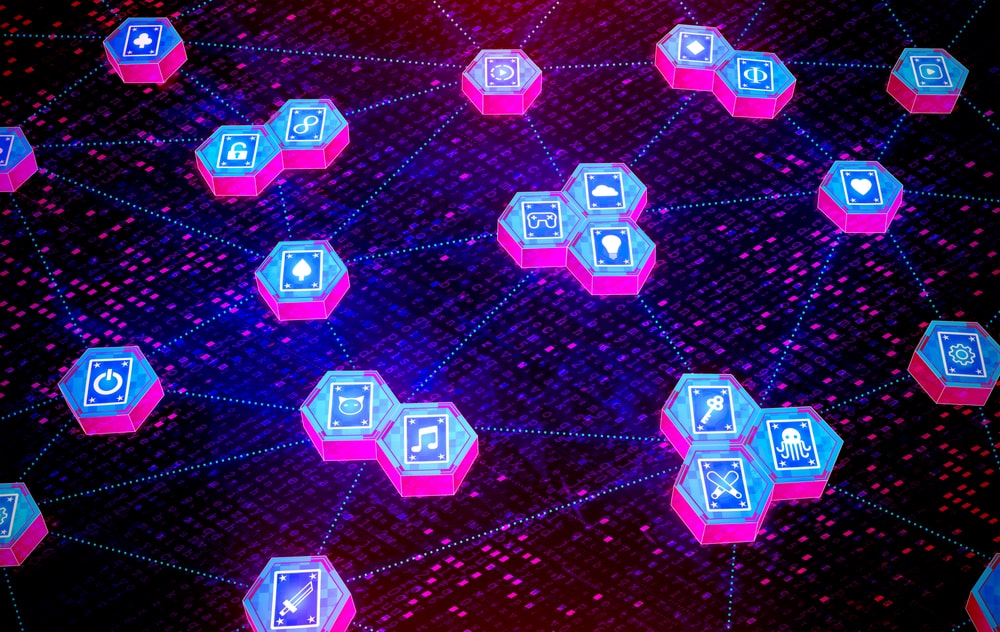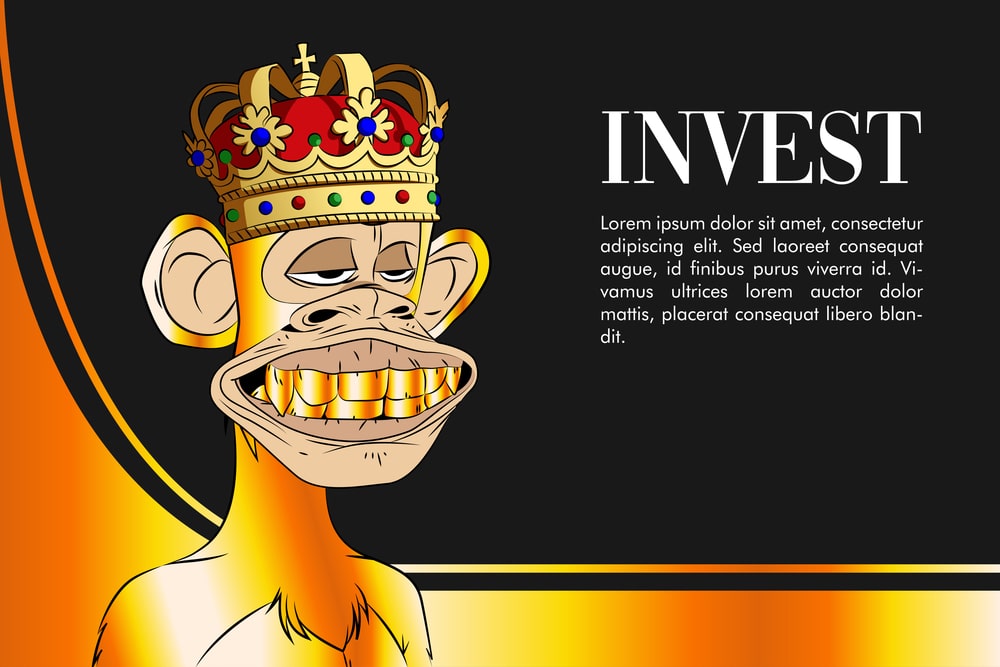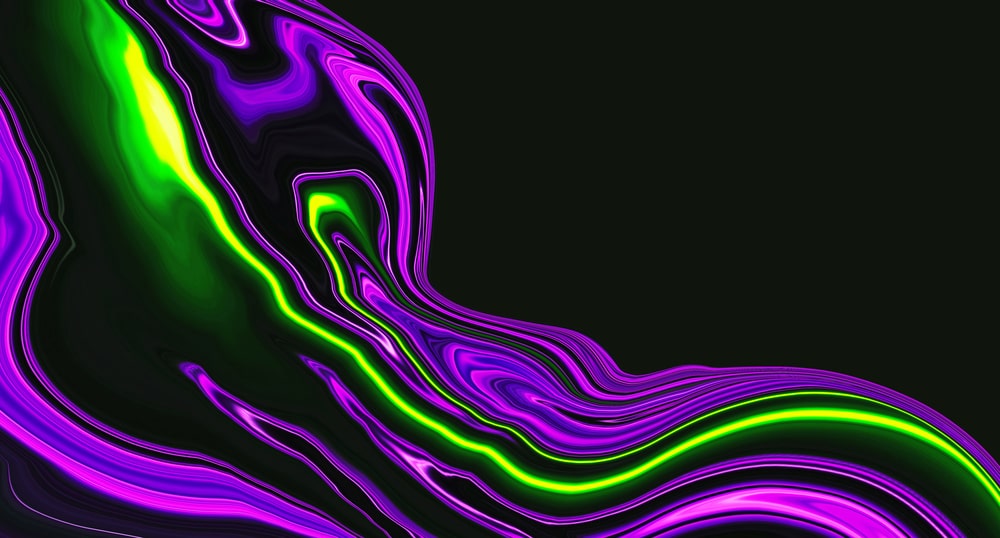Do you want to learn how to know which NFTs are good? In this article, we explore what makes a good NFT that’s worth holding onto.
When I got into the NFT space, I couldn’t believe how many shoddy, derivative knockoffs would-be project owners create to cash in on popular trends like Bored Ape Yacht Club, CryptoPunks, and Word of Women.
I wanted to understand what makes an NFT that’s worth holding onto? Just which NFTs are good? Asking these questions will help you research an NFT more easily.
Before buying an NFT, remember that these types of digital assets are all incredibly risky. Many of them will go to zero. So exercise due diligence.
Table of Contents
1. What Type of NFT Is It?

Many types of NFTs exist and are emerging.
Generative art NFTs describe when creators use code to design unique NFTs that lives on the blockchain. Examples include the Eternal Pump and Chromie Squiggles, both released by ArtBlocks. Some NFTs, like BAYC, are JPEGS. They represent the membership in an exclusive online community. Other NFTs, like Hashmasks, is a type of digital collectible.
Some NFTs exist on-chain and others off-chain. The former simply describes NFTs (contract and image) living entirely on the Ethereum blockchain for as long as it’s active. Because of the constraints of the blockchain, they’re often simple-looking, pixilated images or SVG files. CryptoPunks and Autoglyphs are successful examples of on-chain NFTs.
Off-chain NFTs describe images existing on a server and accessed via an API or distributed. Although these NFTs look better, they face additional risks. If the project forgets to pay their server bills, you won’t be able to see the JPEG anymore (although the NFT itself will still exist). Someone has to host the image somewhere.
BAYC is arguably an off-chain NFT. The smart contract exists on the Ethereum blockchain, but the JPEG image file requires hosting. To avoid the problem of disappearing NFTs, project owners like BAYC distribute JPEGS files via the InterPlanetary File System (IPFS), which operates a bit like a torrent.
On-chain NFTs hold more value in the eyes of NFT purists because of their permanency. Still, some collectors don’t care about the technical workings or blockchain technology behind their tokens. They want to collect, invest in a project or flip for a profit.
2. Who Created the NFT?
Learning about the creators behind an NFT project is no minor job. Many NFT creators use avatars and virtual pseudonyms to separate their real-world identity from a virtual identity. The BAYC founders were anonymous until recently doxxed by Buzzfeed.
Contrastingly, some NFT project creators are happy to describe who they are and what they do. Visit the World of Women website, and you can read all about founder Yam Karkai, see photos of the team and learn why they created the project.
Unfortunately, pseudonyms enable scammers to create multiple projects and then rug or take the money from early investors and minters. You may need to supplement reading a project’s website by researching it on Twitter and in Discord and using NFT software.
3. What Does the NFT Do?
Non-fungible tokens have many existing and emerging use cases. Some visually represent versions of decentralised finance. Others are passes to exclusive online communities. Some NFTs are simply a type of artwork or collectible to admire or show off.
NFTs like BAYC are useful for creating a digital avatar or persona within Web 3.0. And some NFTs, like Vee Friends, act as tickets for real-world events. So when evaluating an NFT, ask yourself: what is the point of this project?
Is it a nice JPEG to collect or flip? Or does it represent something more? Join the Discord community behind the project in question and read announcements and updates from the project. Follow a Twitter project and evaluate if the account has many followers and if these are new or bots.
When you’re evaluating an NFT website, check for:
- A clear description of the NFT’s use cases
- A detailed roadmap
- Evidence of social proof and credibility
- Professional-looking designs and logos
Many roadmaps are knockoffs of roadmaps from more successful projects like BAYC, so bear that in mind. If an NFT website looks like a duck and walks like a duck, it’s probably a duck!
Read my guide to the best NFT websites.
4. Do I Like the Artwork?

Some of the most popular NFTs today are a type of art whereby buyers purchase because they like how it looks. So if you spend money on an NFT, much like any luxury purchase, ask yourself if you like what the NFT represents?
Whatever you think about Bored Ape Yacht Club, and it has many critics from the art world, BAYC has a visually distinctive and recognisable look and feel. Collectors use their avatars to show off.
Beeple, aka Mike Winkelmann’s NFTs, which are out of the price range of almost everyone, are popular with whales who want to collect digital art. British contemporary artist Damien Hirst has turned many of his real-world creations into NFTs, which fans of his work can buy.
If you’re purchasing an NFT because you like how it looks, you don’t have to worry as much about the floor price. It can simply be something you enjoy, much like spending money on a painting.
5. How Rare Is the NFT?
NFTs employ the concept of artificial scarcity with varying degrees of success to drive up the project’s perceived value and floor price. They also use artificial scarcity to encourage people to mint a project at launch.
Spend any time evaluating a mint, and you’ll see numbers like 3,333, 5,000, 10,000 and 15,000. Fewer NFTs within a project don’t necessarily equate to increased rareness.
Consider how many people own NFTs from the project (not all NFTs mint out) and what the distribution is like. Do several holders own almost all of the artwork, or is it more evenly distributed? The latter is preferable.
You can also use the search filters on OpenSea and other NFT marketplaces to sort by rarity. I also recommend plugging an NFT collection and the number of the NFT into the websites below to evaluate rarity before purchase. You can also use this method to snipe rarer NFTs sold near the floor.
6. Is it Authentic?
Unfortunately, many NFT projects are outright scams, cash grabs, and on the express train to zero. For every blue-chip project like World of Women or Bored Ape Yacht Club, dozens more are scammy knockoffs trying to cash in on a trend.
Recently, LarvaLabs, the team behind CryptoPunks, controversially issued a copyright takedown request against a fan-made project: CryptoPunks v1. A few weeks later, another team launched the derivative CryptoPunks V3.
When evaluating an NFT, ask yourself, does the NFT look original? It is paying homage, building on a trend or simply ripping off another project? If you’re more technically inclined, inspect the NFT smart contract on the blockchain.
You can also evaluate authenticity by determining how many members are active in the Discord community and following a project actively on Twitter. NFTs listing on the Coinbase NFT marketplace are also far more credible than NFTs on OpenSea as someone has already vetted them.
FollowerAudit is useful for evaluating if an account is all bots or legit. I also enjoy following NFT Ethics which reveals worrying information about high-profile mints.
7. Is It Liquid?

NFTs are a type of digital property, and like any property, some are harder to sell than others. More expensive and rare NFTs can take hours, days, or even weeks to sell, whereas NFTs near the floor price sell almost immediately from popular projects. Suffice to say; it’s almost impossible to sell NFTs from failed projects.
If you’re buying an NFT to flip, factor in liquidity before purchasing. NFT software, like Icy.tools or Nansen, is useful for tracking price and activity.
Look at the sales volume over the past 24 hours or seven days and how long people have held onto the project. Evaluate the floor price trend-line, too. Is it moving upwards or downwards?
You might not care about liquidity if it’s a long-term hold. Many blue-chip NFT owners never sell because they believe in the project. If you want to acquire more liquid Web 3.0 assets, you may be better off buying Bitcoin or Ethereum.
8. How Much Is The NFT?
NFTs aren’t that cheap. After factoring in the mint or secondary market price, you must pay the cost of gas for interacting with the Ethereum blockchain.
Even supposedly free NFTs can cost over a hundred dollars to mint. If an NFT on the secondary market is outside your price range, you could try to mint an NFT at launch or buy a budget and gas-friendly NFT like Solanaart.
NFT software is useful for evaluating price action and project sentiment, although it’s a bad idea to catch a falling knife.
Perhaps you’re buying an NFT to flip? Many NFT traders have a hidden folder stuffed with purchases that went nowhere. They also understand it only takes one or two hits to outweigh these losses.
It’s similar to traditional investments, whereby even the most profitable capitalists expect almost as many losers as winners in a portfolio. Investor Peter Lynch put it best when he said:
“If you’re terrific in this business, you’re right six times out of 10.”
Not every NFT buyer cares about the price after buying. That’s because the perceived value of an NFT can differentiate from the actual value. Many NFT collectors feel sentimental about their first few purchases, or a project, because of how it looks or what the project represents. For these reasons, they’ll never sell. In this case, their perceived value can exceed actual market value.
Contrastingly, like many NFT collectors, I’ve bought some NFTs, wrote them off as trash and stuck them in my hidden folder, only to see the price rise a few months later. In this case, the actual value of the NFT exceeded my perceived value of the NFT.
How to Know Which NFTs Are good? The Final Word
The NFT space is still incredibly early and full of hype. Figuring out which NFTs are good isn’t always easy.
By asking the right questions and using software, you can decide if you want to purchase, collect, admire or even avoid the NFT.
You can also do your own research by reading up on what the project does and who it’s for by learning more about the project on social media in communities. Even if an NFT passes all these criteria, it may still fail.
Plus, tomorrow’s blue chips are still being dreamed up. Right now, many good NFTs are on-chain or a type of off-chain JPEG. But we can expect future NFTs to comprise other media like music and film. Until then, before you spend any precious cryptocurrency or FIAT, DYOR!
You can watch the video that accompanies this article below and don’t forget to subscribe to my YouTube Channel.
